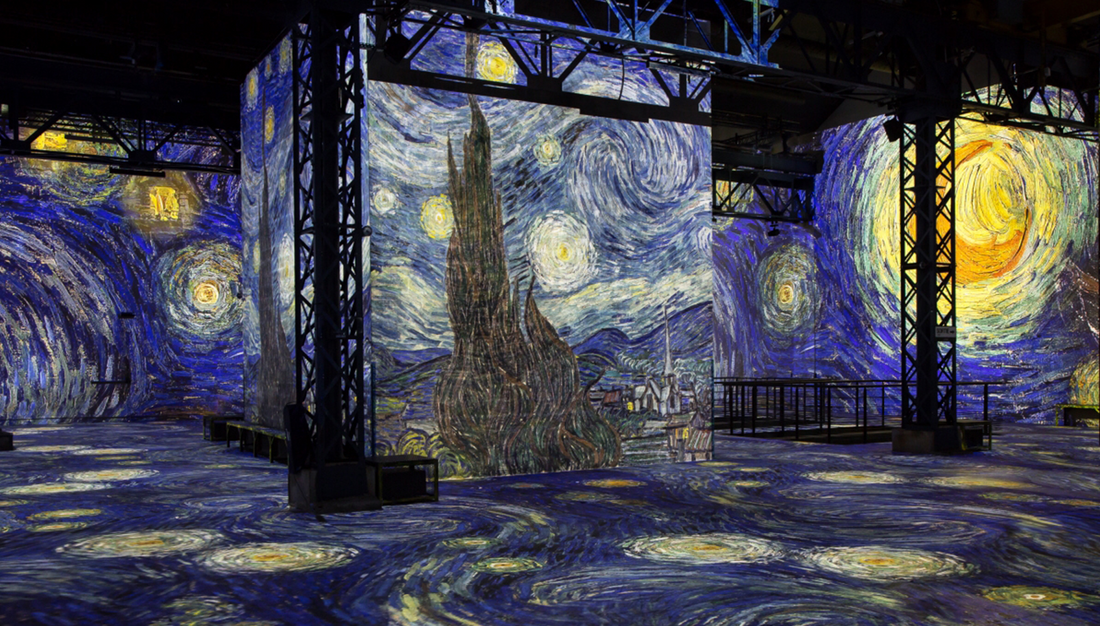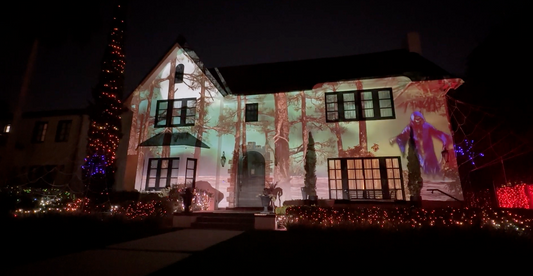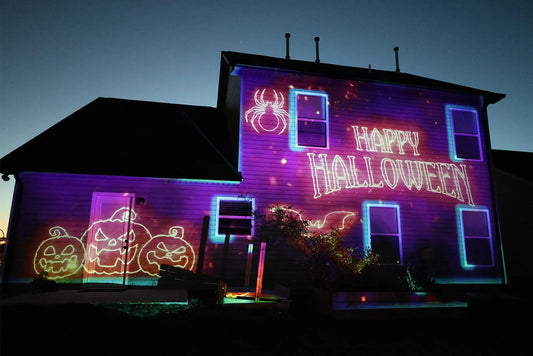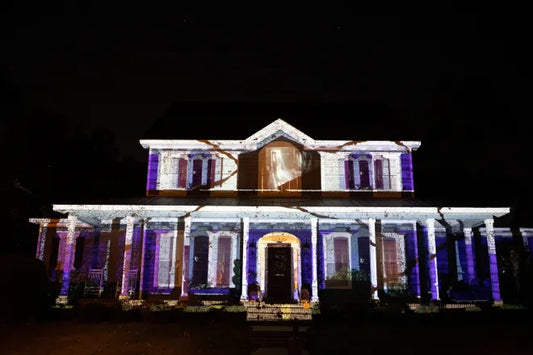Projection mapping has become an increasingly popular technology in the world of art installations, offering a powerful way to create immersive and interactive visual experiences. By projecting dynamic and interactive images onto any surface or object, projection mapping can transform a static installation into a living and breathing work of art. In this blog, we will explore how projection mapping is being used in art installations to create mind-blowing visual experiences.
What is Projection Mapping and Art Installations?
Projection mapping involves the use of specialized software and hardware to project images and videos onto any surface or object, creating a dynamic and interactive environment that engages the senses. Art installations, on the other hand, are installations of artwork in public or private spaces that are designed to evoke a specific emotional or sensory response in the viewer.
Using Projection Mapping in Art Installations
Projection mapping can be used in a variety of ways to enhance art installations. Here are just a few examples:
- Museum Exhibits: Projection mapping can be used to enhance museum exhibits, creating a more visually stunning and engaging environment. For example, projection mapping can be used to project images and videos onto the walls and ceilings of the exhibit space, creating a sense of movement and energy that enhances the viewer's experience.
- Outdoor Installations: Projection mapping can be used to enhance outdoor installations, creating a more visually stunning and immersive environment. For example, projection mapping can be used to project images and videos onto trees, buildings, and other objects in the installation space, creating a sense of movement and energy that enhances the viewer's experience.
Benefits of Using Projection Mapping in Art Installations
Using projection mapping in art installations offers a range of benefits for artists and viewers. Some of the key benefits include:
- Creating a more immersive art experience
- Enhancing the visual appeal of the artwork
- Providing a unique and memorable experience for viewers
- Enabling more creative expression and experimentation in installation design
- Increasing engagement and enjoyment for viewers
Conclusion
Projection mapping is a powerful technology that is transforming the world of art installations. By projecting dynamic and interactive images onto any surface or object, projection mapping can transform a static installation into a living and breathing work of art. With its ability to create mind-blowing visual experiences, projection mapping is sure to continue to be a popular and effective tool for artists and designers alike.




